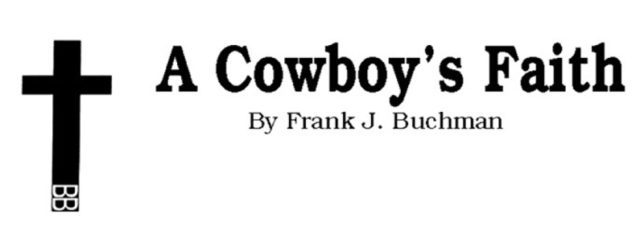Those pretty green apples can be hazardous.
The big, sometimes even picturesque trees that produce them may not actually be as much of a Godsend as our forefathers who started planting them really thought.
A common problem for many stockmen this time of year is their cattle wanting to eat hedge balls, the obvious creation of hedge trees. Now, the scientific name for the common, very-hard, very-prickly limbed roadside, and now often pasture-dominating, vegetation is Osage orange.
If our history lessons are recalled accurately, conservation officials across the country encouraged farmers, and probably county and state road crews as well, to plant hedge for windbreaks. All followed orders well, as indicated by the hedgerows along country roads.
There’s no question the hardy, brushy, rapid-growing trees did what they were intended for. They reduce wind on roadways, assist in preventing snowdrifts, slow erosion and provide wildlife habitat, among other benefits.
Likely not considered by the initial planters, was how tough and rot-resistant the wood is. Often growing crooked and making straight ones hard to find, hedge is sought by fence builders everywhere. Contention is that a post set deep will outlive several generations. Cured hedge also makes the hottest fires for heating buildings.
Despite these good points, we have complaints. Most apparent is how hedge has spread from its place of origin into native pastureland and about anywhere plants grow. Trees crowd out grass, and livestock stay clear of the spiky limbs.
Increase is bad, but difficulty in control is much worse. Management techniques are many, and none work all of the time. Our additional pet peeves are how fast hedge will dull a chain saw blade; the way they scratch our arms, hands and face despite cautious handling; and the tiny holes dropped points put in our tires.
Still, their seeds, those large grapefruit-size, green balls they yield every fall, must be the nastiest part of hedge. Some folks gather them for displays, and Mom even used to paint them gold and silver as decorations. Yet, every hedge apple can produce more trees. Â
Something about hedge balls appeals to cattle, whether it’s their taste, smell, color or shape, we don’t know. Certain years aren’t as bad, but we still have some cattle get them caught in their digestive tracts. The problem can take care of itself, and there are things one can do to cure the ailment, but often it’s too late or does not work, and death occurs.
We’ve heard of those who attempt to gather every hedge apple that falls to prevent spread, and we admire that determination, but it seems like an almost impossible task. Guess we’ll just have to continue to live with hedge trees, both their pros and cons.
It’s like Second Chronicles 19:1: “God is good and angry with you. But you’re not all bad.” Another appropriate illustration is Isaiah 65:8: “But just as one bad apple doesn’t ruin the whole bushel, there are still plenty of good apples left.”
+++ALLELUIA+++
